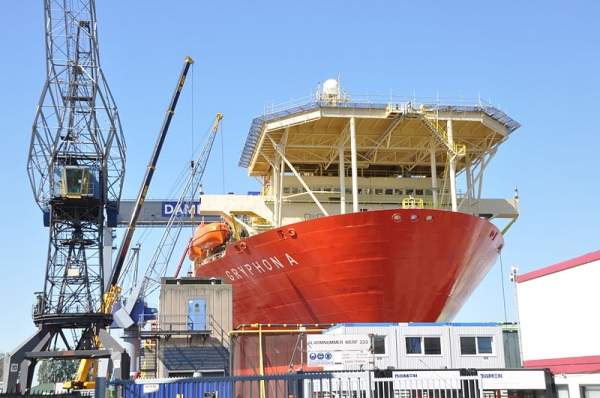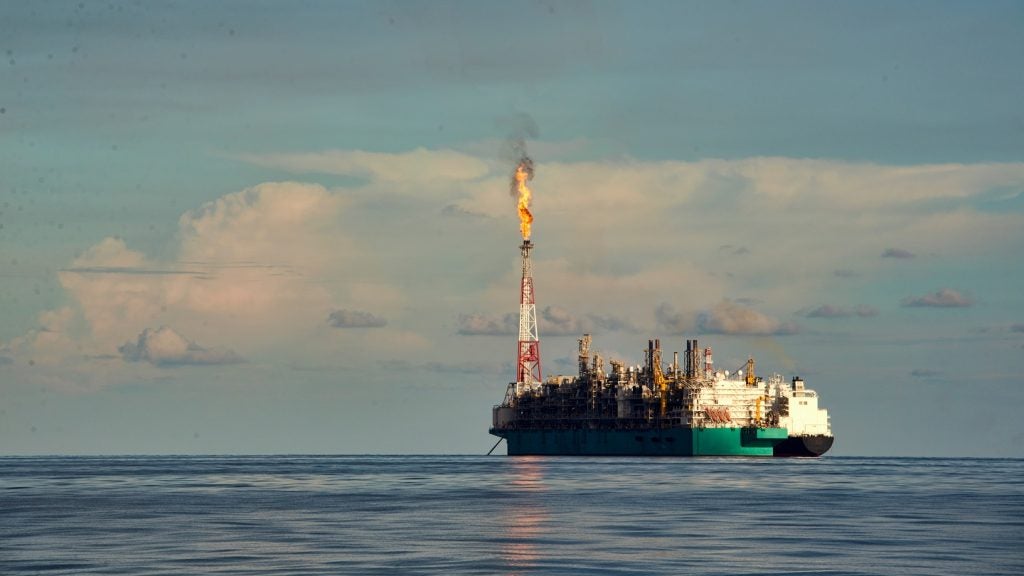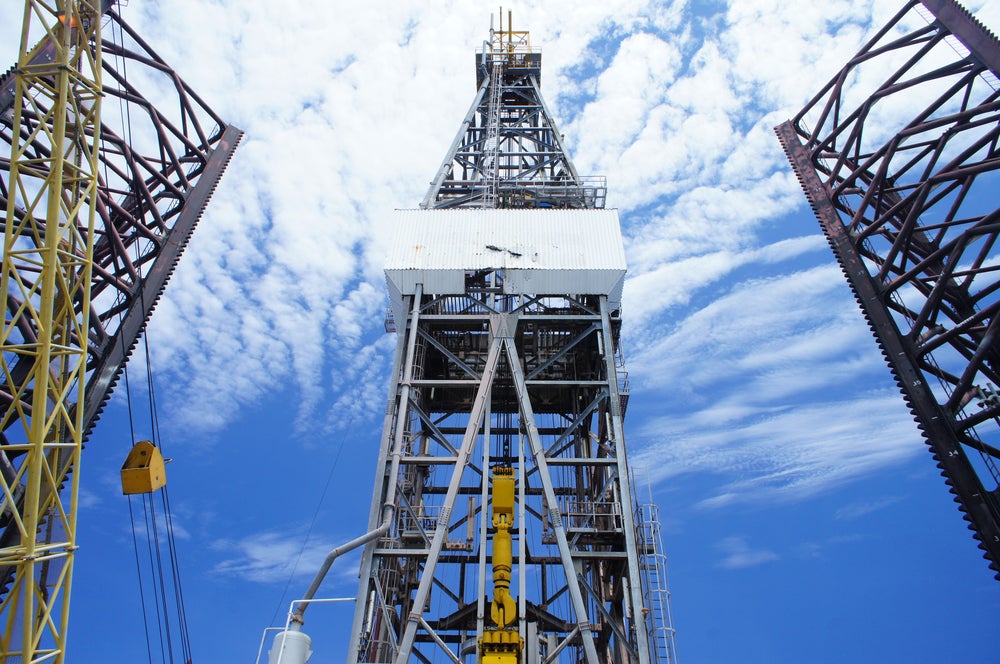
The Gryphon FPSO is back in production following a major overhaul of the vessel, and is set to join a number of new entrants in their quest to finally put an end to the terminal decline in oil and gas production in the North Sea.
For a while, the future of the project, one of Maersk’s most productive assets in the North Sea, seemed in question, after it sustained severe damage in a storm two years ago.
Located off the north-east of Aberdeen, Scotland, the FPSO lost its dynamic positioning when four out of ten anchor chains broke, allowing the vessel to move off station. This caused significant damage to the subsea architecture and burdened the market with property and loss-of-production income claims of around $1bn.
How well do you really know your competitors?
Access the most comprehensive Company Profiles on the market, powered by GlobalData. Save hours of research. Gain competitive edge.

Thank you!
Your download email will arrive shortly
Not ready to buy yet? Download a free sample
We are confident about the unique quality of our Company Profiles. However, we want you to make the most beneficial decision for your business, so we offer a free sample that you can download by submitting the below form
By GlobalDataThe event was likened by insurance brokers to the Fukushima Daiichi disaster in Japan and the Deepwater Horizon oil spill in the Gulf of Mexico in that it significantly altered the atmosphere in the upstream market.
"Following Macondo, it could be argued that another major loss was just what the market wanted to see to stall what was an inevitable softening prompted by the continued over-supply of capacity into the market."
See Also:
But while year-on-year production losses of around 14 – 18% halted inevitable price declines, they also held back growth in the UK’s GDP.
Gryphon to ramp up North Sea production?
Happily, this trend is set to reverse by 2017, as some 50 oil and gas fields begin operations and better technologies push production up by a third to two million barrels a day, according to Oil & Gas UK.
The Gryphon field, which is expected to operate until 2020, is among these new entrants – and after an extensive programme of repairs and refurbishment, its FPSO returns to work as one of the most modern vessels in the North Sea.
Maersk Oil UK managing director Martin Rune Pedersen says: "The storm and resultant damage was a distressing and unwelcome event, but along with critical repairs we have succeeded in using this incident to bring forward an upgrade of the installation and extend the productive life of Gryphon for another decade."
As the above video demonstrates, Gryphon was towed and dry docked in Damen shipyard in Rotterdam, the Netherlands, for repairs and upgrades soon after the storm. There, work commenced on removing and replacing subsea equipment.
Meanwhile, at the Gryphon field, a fleet of vessels worked to recover as much as possible of the subsea system, lifting anchors, separating out damaged flow-lines and cables and retrieving the mid-water arches.
On May 29 2013, Maersk announced that the FPSO had returned to the North Sea and during the coming months, production will ramp up in excess of 20,000 barrels.
"Contributing to Maersk Oil’s overall target, our ambition in the UK is to double production to 80,000 – 100,000 boepd within seven years. Bringing the Gryphon field back into production is key to the initial phase of this plan," added Pedersen.
Related content
Roundtable: mitigating oil spill risks as operators drill deeper
As new offshore leases become available, experts are sounding the call for improved disaster oversight.
Methane hydrates: a new gas boom?
Methane hydrates could change the face of the energy sector, erasing price differentials and meeting global gas and electricity needs for hundreds of years.
Follow Sarah Blackman on Google+


.gif)




